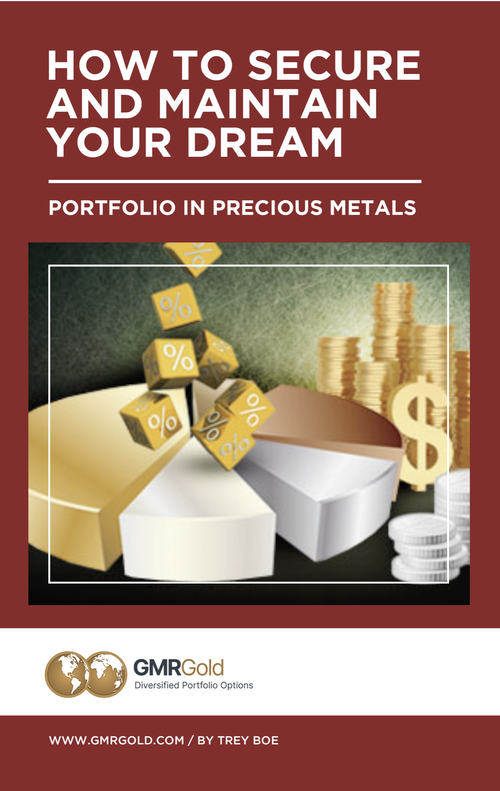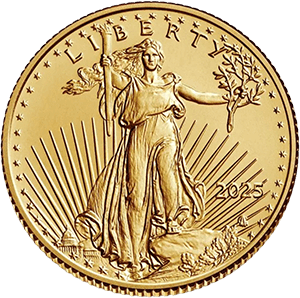.jpg)
To hold a Morgan Silver Dollar is to hold a moment in American history — a heavy, ringing symbol of industry, ambition, and the belief in limitless growth. Born in the wake of the Civil War, amid the silver-laden hills of the American West, the Morgan Dollar is not just a coin. It is a monument to a nation coming into its own, minting its values in metal: liberty, strength, and expansion.
From its debut in 1878 to its final reissue in 1921, the Morgan Dollar stood as the face of American silver coinage — a product of mining booms, monetary battles, and the Gilded Age’s relentless march toward modernity.
A Nation Flush with Silver
The origins of the Morgan Silver Dollar lie not in Washington, but deep beneath the mountains of Nevada. In 1859, the discovery of the Comstock Lode — one of the richest silver veins ever found — triggered a rush of miners, speculators, and capitalists into the West. By the 1870s, the United States found itself awash in silver. The question was: what to do with it?
For decades, the U.S. had operated under a bimetallic standard — backing currency with both gold and silver. But the Coinage Act of 1873, known infamously among silver advocates as “The Crime of ’73,” had effectively demonetized silver. Outraged miners and populist politicians demanded a return to silver coinage, sparking a national debate about inflation, sound money, and the future of American currency.
The Bland-Allison Act of 1878 was the compromise: it required the U.S. Treasury to purchase and coin millions of ounces of silver each month. Thus, the Morgan Silver Dollar was born — named for its designer, George T. Morgan, a British engraver who brought Old World elegance to the robust face of American coinage.
A Design for the Ages
The Morgan Dollar’s obverse features one of the most iconic images in U.S. numismatics: Lady Liberty, rendered with neoclassical beauty, crowned with wheat and cotton to symbolize the unity of North and South. She is not a distant goddess but a distinctly American figure — young, bold, and optimistic.
The reverse displays a powerful eagle, wings outstretched, clutching arrows and an olive branch — the dual message of military readiness and peaceful intentions. Above it all: “In God We Trust,” a phrase enshrined in America’s monetary conscience.
The coin itself is a product of American engineering. Weighing 26.73 grams and struck in .900 fine silver, the Morgan Dollar was large, impressive, and built for circulation — though it rarely made it into widespread day-to-day use.
Stored, Stacked, Forgotten — Then Reborn
Though minted in staggering quantities — tens of millions across five mints (Philadelphia, Carson City, San Francisco, New Orleans, and later Denver) — the Morgan Dollar was, for much of its early life, a coin in search of a purpose. Its sheer size and weight made it unwieldy for everyday use. Many Americans preferred paper currency or smaller denominations.
Instead, Morgan Dollars were stored in Treasury vaults by the bagful, often untouched for decades. Some circulated in the West, where silver still held cultural cachet, but in the East, they were little more than a political compromise struck in coin.
It wasn’t until the mid-20th century that the true significance of the Morgan Dollar was rediscovered. In the 1960s, as silver was removed from circulating coinage, the U.S. government released hundreds of thousands of pristine Morgans from vault storage — a move that ignited numismatic passion nationwide. The legendary Carson City mintmarks, long thought scarce, reentered the market, and coin collectors across the country began to hunt for key dates, prooflike surfaces, and mint varieties.
What was once forgotten became celebrated. The Morgan Silver Dollar became a cornerstone of American coin collecting, prized for its bold design, its connection to the frontier, and its place in the volatile dance between silver and gold.
More Than a Coin — A Cultural Symbol
The Morgan Dollar represents more than metal. It is a cultural artifact of the Gilded Age — a time of rapid growth, staggering inequality, industrial transformation, and national confidence. It stands at the intersection of hard money policy and political populism, between agrarian outrage and Wall Street capital.
It is also deeply, undeniably American. The coin captures a moment when the country saw no limits: building transcontinental railroads, electrifying cities, expanding westward, and minting a national identity along the way.
Even in its design, the Morgan Dollar tells a story of transition. George T. Morgan’s depiction of Liberty was the first to be modeled on an American woman — Anna Willess Williams — marking a subtle but meaningful shift from abstract ideals to real, grounded identity.
Legacy in the 21st Century
In 2021, the U.S. Mint honored the 100th anniversary of the last Morgan Dollar by issuing modern commemorative strikes — a testament to the coin’s enduring legacy. Today, the Morgan Silver Dollar is one of the most collected coins in the world. Entire books are dedicated to its varieties, strike qualities, die errors, and grading.
But even more important than rarity is relevance. Investors and collectors alike continue to seek out Morgan Dollars not just as silver bullion, but as pieces of American history — each coin a 38mm capsule of grit, glory, and ambition.
To own a Morgan is to hold a story in your palm: the story of miners and mints, of politics and policy, of liberty, labor, and legacy. It is, quite simply, the coin that captured America’s Gilded Age — and refused to be forgotten.
Thank you for following our series: Coins That Changed the World.
If you’ve enjoyed this journey through history and coinage, stay tuned for more deep dives into the precious metals, symbols, and stories that continue to shape economies and empires today.













